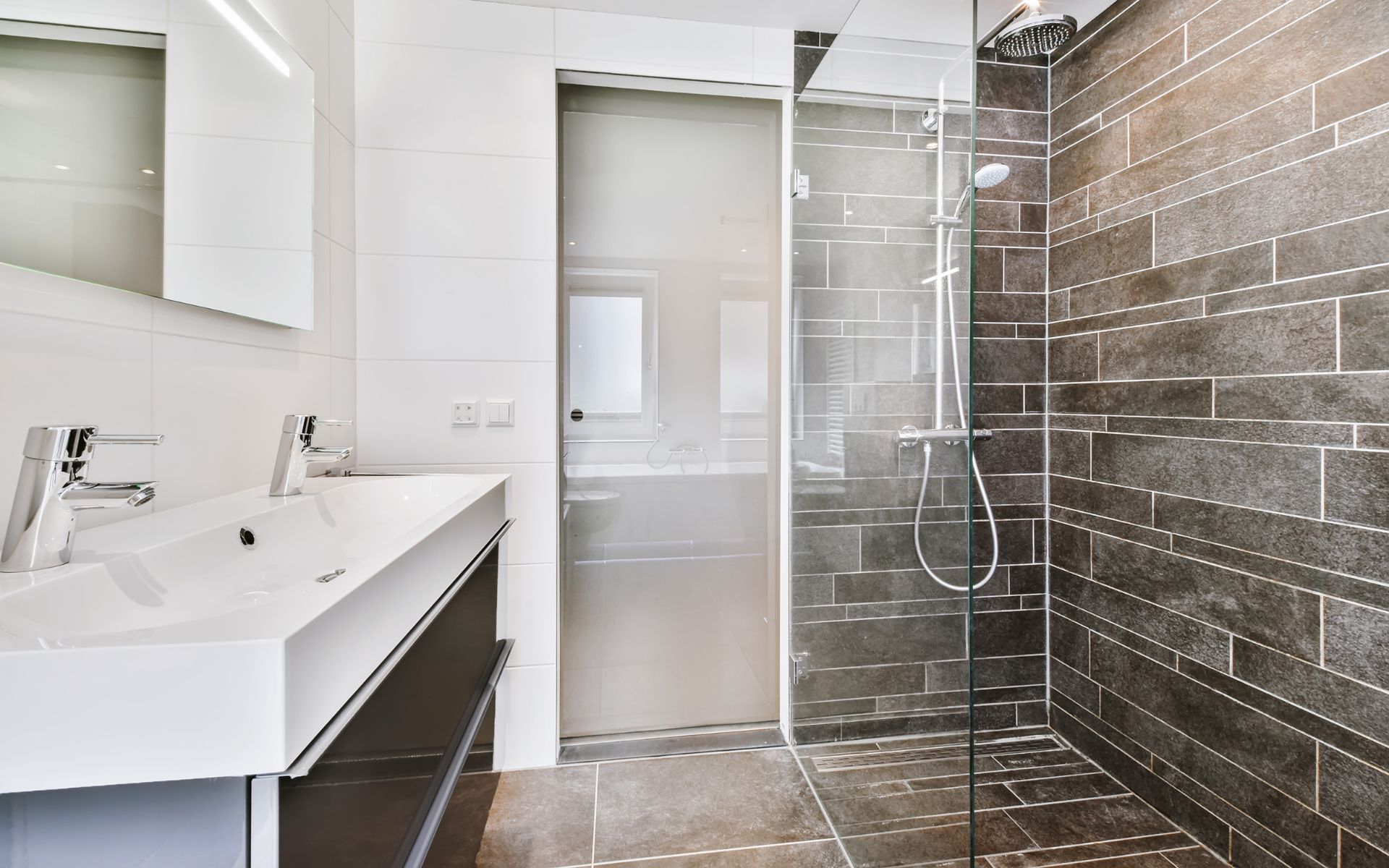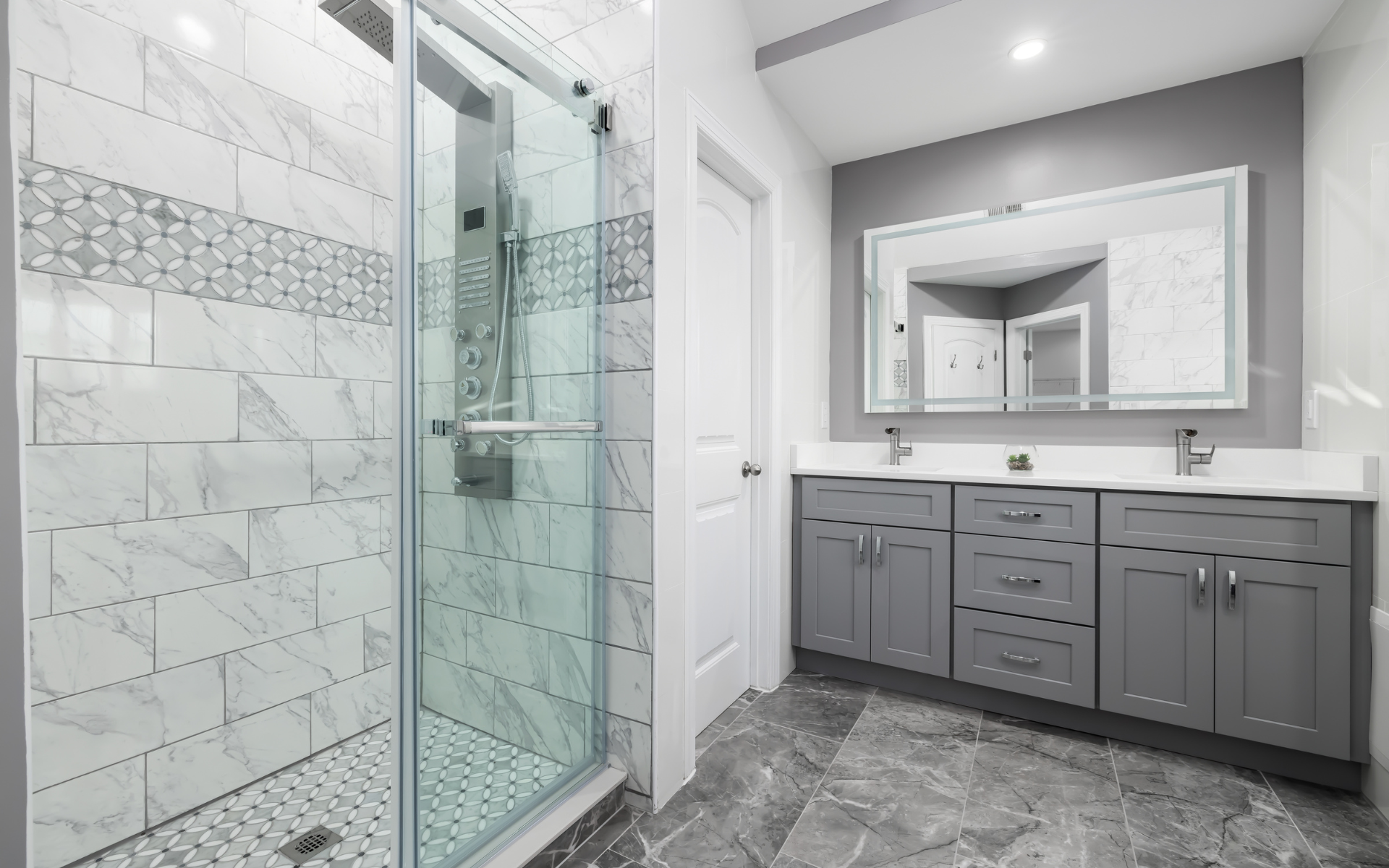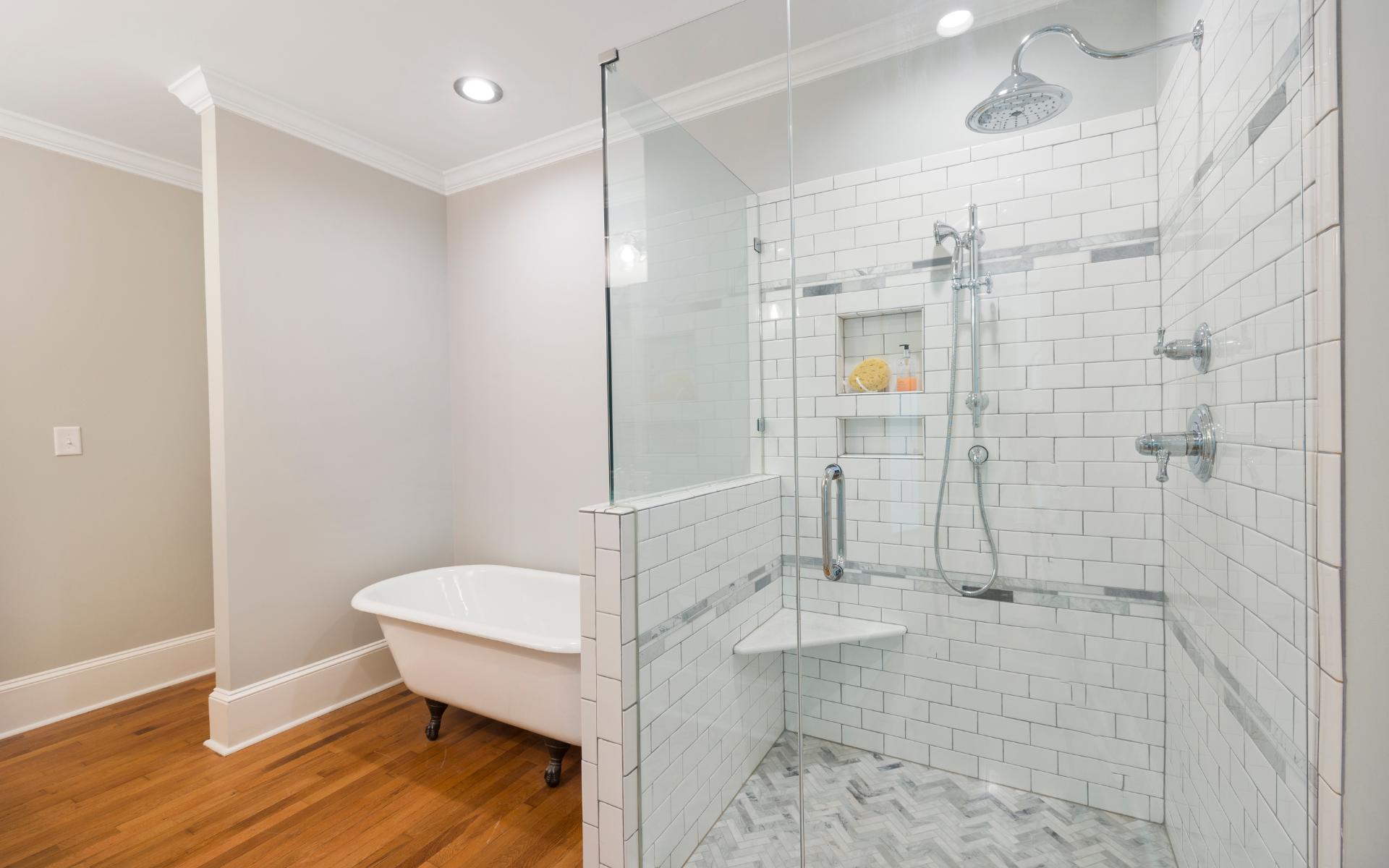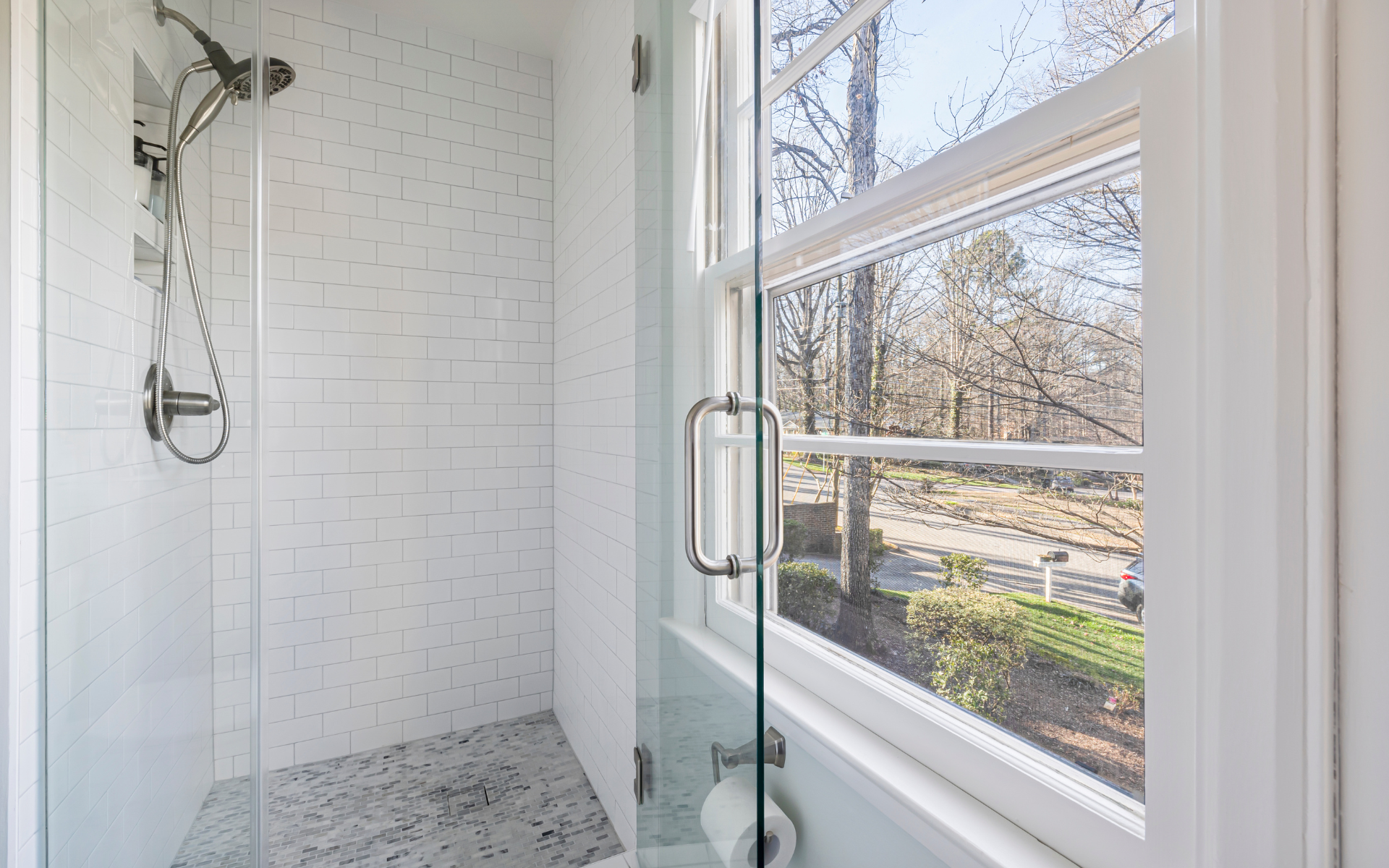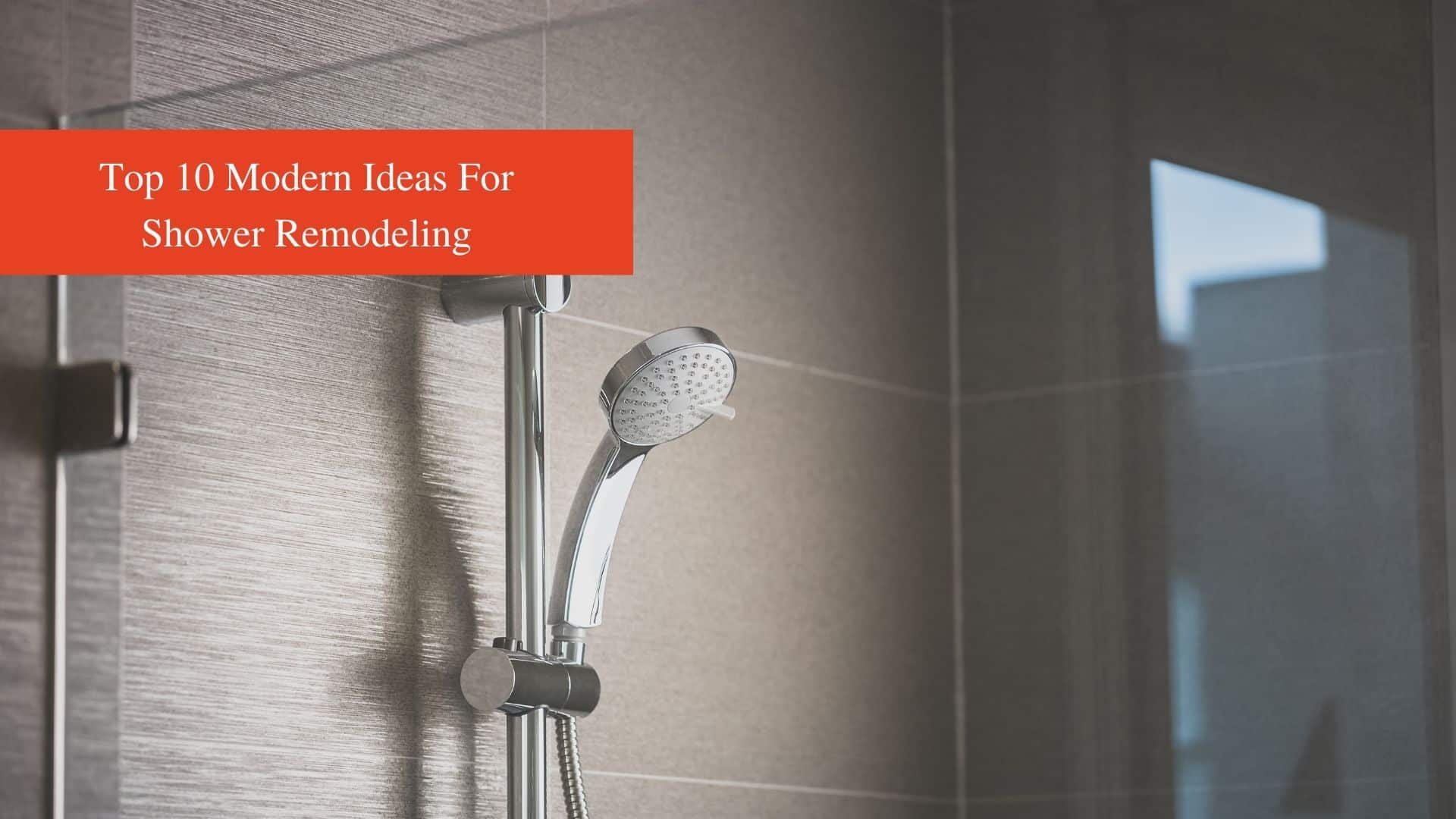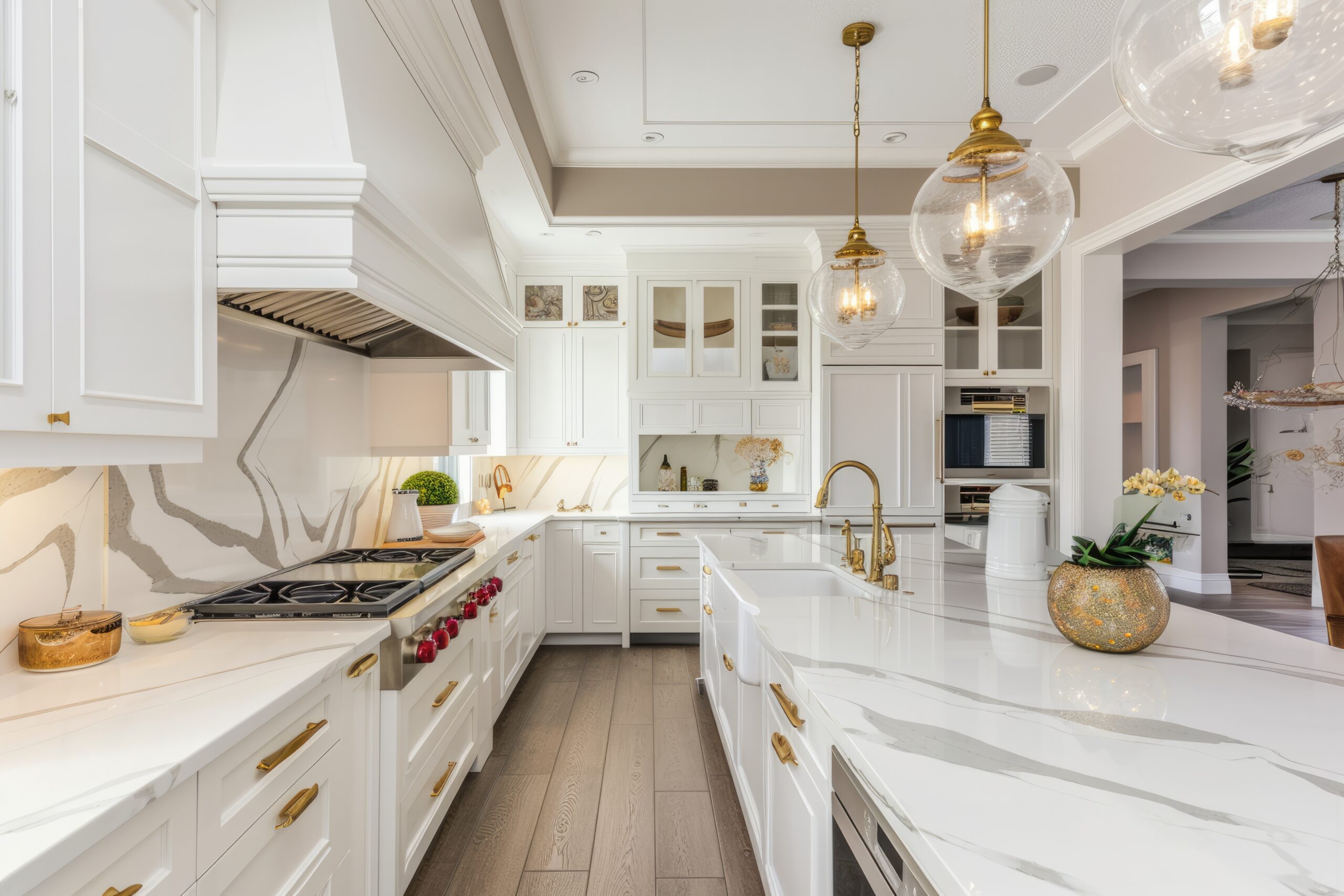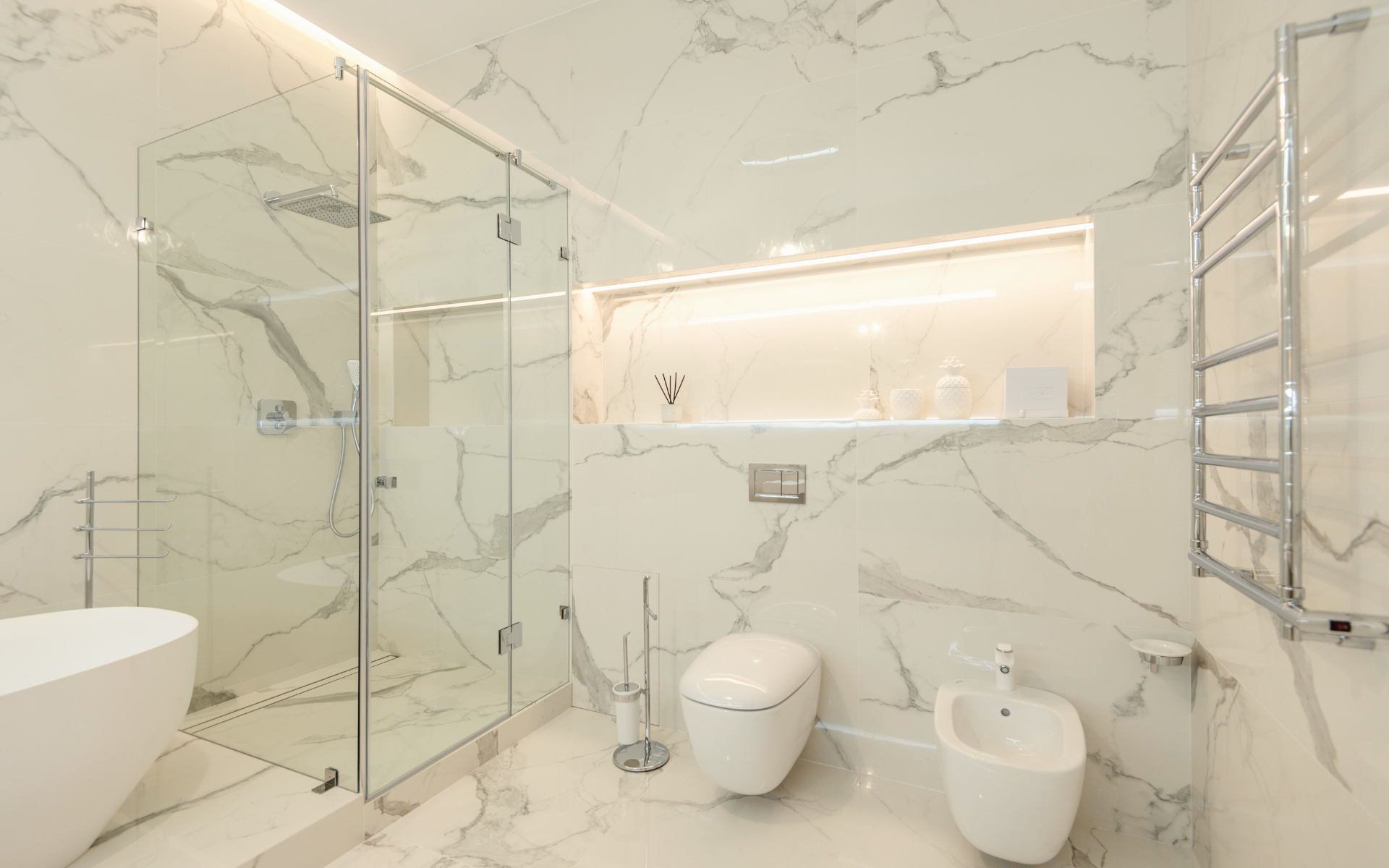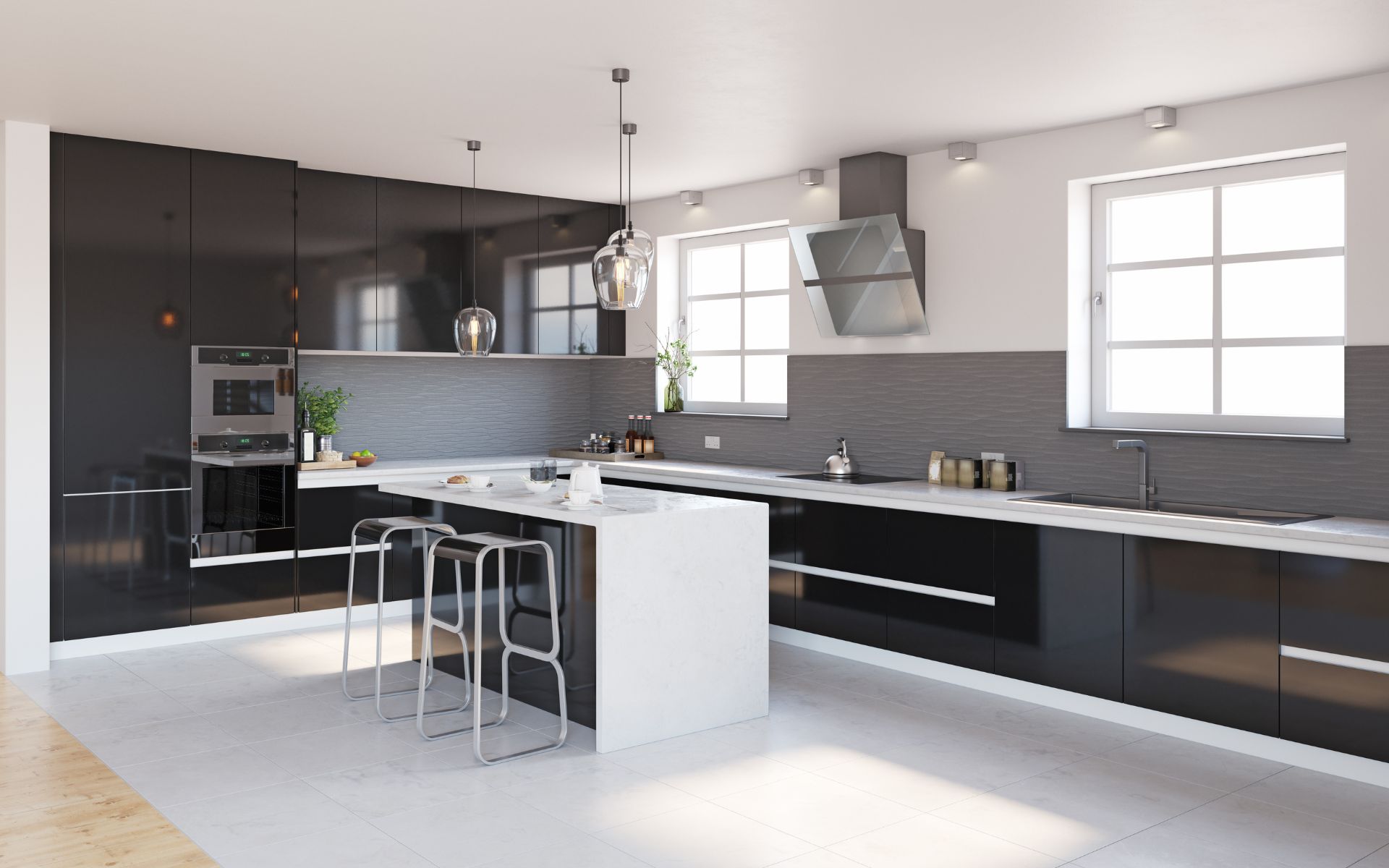Upgrading to a walk-in shower offers many benefits, but choosing the right enclosure can be tricky. With different walk-in shower door styles like sliding, swing, and pivot models, how do you pick? This guide will go over the pros and cons of popular types of walk-in shower doors so you can select the best option for your space and needs.
Introduction
If your outdated tub and shower combo has seen better days, a walk-in shower makes a great remodel project. Walk-in showers provide an invigorating spa-like experience and contemporary style. However, the shower enclosure you choose impacts the look, functionality, and budget. Key factors like material, number of doors, opening style, and hardware affect performance and maintenance.
Before you talk with the kitchen and bath remodeling company near you, weighing the advantages and disadvantages of materials like glass, acrylic or metal helps match the enclosure to your bathroom design and lifestyle. Understanding door operation is also important to prevent leaks, optimize space, and promote safety. This overview of the pros and cons of sliding, swing, and pivot shower doors provides the knowledge to pick the perfect walk-in shower enclosure.
Sliding Shower Doors
According to research from the National Kitchen and Bath Association, the most popular walk-in shower door style is sliders, installed in over 65% of newly remodeled bathroom showers.
Sliding doors remain one of the most popular walk-in shower remodeling ideas. Two door panels slide along tracks at the top and bottom of the opening.
Pros
- Space saving – Sliding doors don’t impede the bathroom space so work well in tight floor plans.
- Easy to use – Sliders glide smoothly sideways on rollers with little effort to open and close.
- Low maintenance – Properly aligned tracks prevent dragging and rubbing that can lead to repairs.
Cons
- Can leak – Gaps between door panels and tracks require diligent caulking/sealing to prevent leaks. Misaligned doors make leaks worse.
- Prone to hard water spots – The smooth expanses of glass show water marks readily. Frequent cleaning is a must.
- Noise – Some sliders rattle or make a whooshing sound when opening and closing. Quality parts reduce noise.
- Potential to derail – Debris in tracks can cause doors to jump off track if not kept clean.
Swing Shower Doors
One or two door panels hinged on jambs that swing in and out of the enclosure.
Pros
- Total Access – Doors can swing fully out of the opening for easy entry and exit.
- Tight seal – The door closes directly against jambs for a water-tight seal when aligned properly.
- Classic style – Swing doors pair well with traditional bathroom renovation designs.
Cons
- Tip hazard – A swinging door can create a tripping risk if left partially open.
- Limited space – Requires adequate clearance for the door to fully swing open without hitting walls or objects.
- Hard to clean – The hinge side jamb traps dirt and debris leading to more cleaning maintenance.
Pivot Shower Doors
Based on data from the World Interior Design Network, pivot shower doors are the top choice for contemporary, luxury bathrooms thanks to their minimalist, spa-like styling.
Doors mounted on a center pivot point and rotate open into the shower space.
Pros
- Contemporary style – Sleek look compliments modern, spa-like bathrooms.
- Tight seal – The closing pivot motion creates a water-tight seal when properly adjusted.
- Easy entry/exit – The doors move out of the way into the shower providing ample access.
Cons
- Leaks – Off-center doors put stress on hinges leading to potential leaks over time.
- No total access – Doors still partially block entry, unlike fully swing-out doors.
- Safety issue – Glass doors on a pivot hinge are prone to collapsing if not perfectly calibrated.
Conclusion
While sliding doors work well for many homeowners, carefully examine if swing or pivot doors better suit your needs. If space is tight, avoid swing doors. For a contemporary look, pivot doors shine. Weigh how each style’s pros and cons align with your preferred design, budget, and bathroom functionality. With an understanding of the different types of walk-in shower doors, you can make the optimal choice to enhance your bath.

